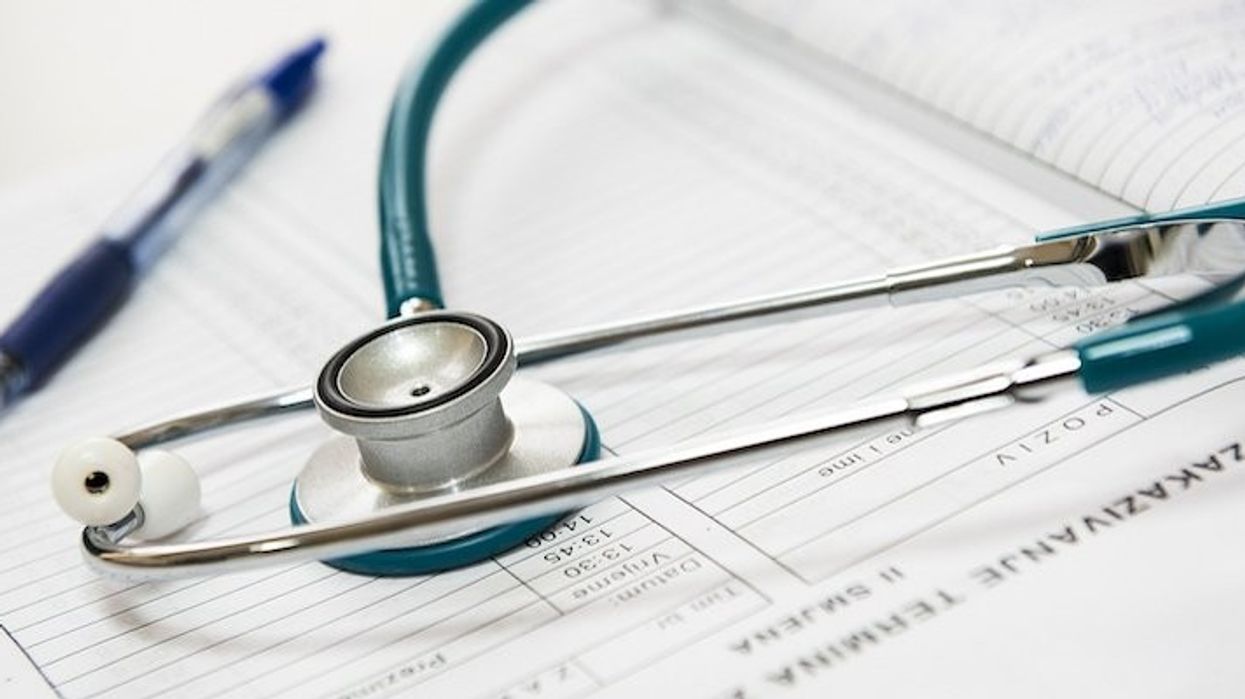While there has yet to be a confirmed cases of the deadly new coronavirus in Ontario, the province says it's "actively monitoring" the virus and "fully prepared to respond."
This comes as health officials have identified a second case in the United States, this time in Chicago. At this time, the virus, which is believed to have emerged from a seafood market in China, has killed 26 people and sickened nearly 900 others.
Health Minister Christine Elliott says that while the risk of the coronavirus making its way to Ontario remains low, the government has added the virus as a designated disease reportable under Ontario's public health legislation.
This means health professionals are now required to report any suspected or confirmed cases of the virus to their local medical officer of health.
"The local public health unit can then quickly and effectively take all necessary measures to investigate, complete lab tests, and do case and contact management to prevent and control further spread of the infection," said Elliott in a statement.
Elliott added her ministry, in collaboration with Public Health Ontario, local public health units, hospitals, and other health care providers, will continue to "diligently" monitor the emerging virus to ensure the province is "prepared to identify, contain, and treat any potential cases of this virus."
READ: Toronto Public Health Actively Monitoring Coronavirus
At this time, Toronto’s Pearson International Airport is taking precautions to ensure the safety of Canadians by asking travellers a screening question at electronic immigration kiosks if they have travelled to areas affected by the coronavirus in the last 14 days and they will be reminded to report flu-like symptoms to border services agents.
Additionally, there will also be messaging on arrival screens about the coronavirus.Coronaviruses are part of a large family of viruses that cause respiratory illnesses, with a wide range of severity. They include the common cold, but also more severe illnesses like SARS. So far, health officials do not believe the virus to be as deadly as it is contagious.
According to the Centers for Disease Control and Prevention, the novel (new) coronavirus was first identified in Wuhan City, Hubei Province, China, with most cases linking to the Huanan Seafood Market (also known as Wuhan South China Seafood City and South China Seafood Wholesale Market).
The federal government says the market has been closed as of January 1, 2020, for cleaning and disinfection. However, some cases have not been linked to this market, and the source of the virus is still unknown.
If you are travelling to an area affected by the Coronavirus outbreak, you should take the following precautions to protect your health:
During your trip:
- Avoid high-risk areas such as farms, live animal markets, and areas where animals may be slaughtered.
- Avoid contact with animals (alive or dead), including pigs, chickens, ducks, and wild birds.
- Avoid surfaces with animal droppings or secretions on them.
- Avoid contact with sick people, especially if they have a fever, cough, or difficulty breathing.
Travellers are reminded to follow the usual health precautions:
Wash your hands often
- Wash your hands often with soap under warm running water for at least 20 seconds.
- Use alcohol-based hand sanitizer only if soap and water are not available. It’s a good idea to always keep some with you when you travel.
Practise proper cough and sneeze etiquette:
- Cover your mouth and nose with your arm to reduce the spread of germs.
- If you use a tissue, dispose of it as soon as possible and wash your hands afterwards.
Monitor your health:
If you become sick when you are travelling or after you return, avoid contact with others except to see a health care professional. Tell them:
- Your symptoms.
- Where you have been travelling or living.
- If you have had direct contact with animals (for example: visited a live animal market) or close contact with a sick person.
If you feel sick during your flight to Canada or upon arrival, inform the flight attendant or a Canadian border services officer.





















